Tee itse: tuunaa puukiukaan piippuvesisäiliön
Tässä ohjeessa muutetaan klassinen Kota piippuvesisäiliö käyttäjäystävällisemmäksi. Muutosten jälkeen kuuma vesi kulkee letkua pitkin käyttökohteeseen. Vettä lasketaan puisesta kahvasta kiinni…
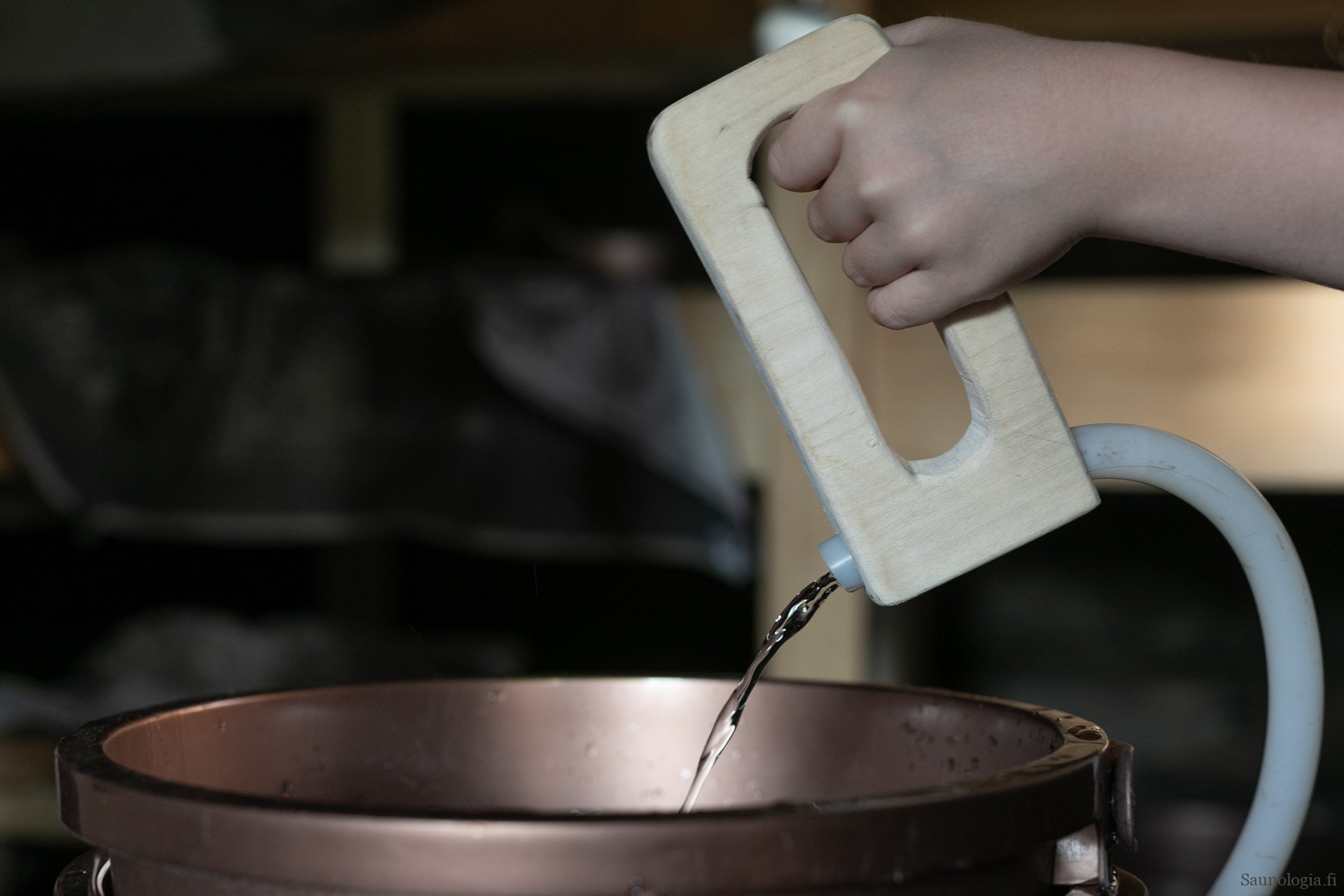
Tässä ohjeessa muutetaan klassinen Kota piippuvesisäiliö käyttäjäystävällisemmäksi. Muutosten jälkeen kuuma vesi kulkee letkua pitkin käyttökohteeseen. Vettä lasketaan puisesta kahvasta kiinni…
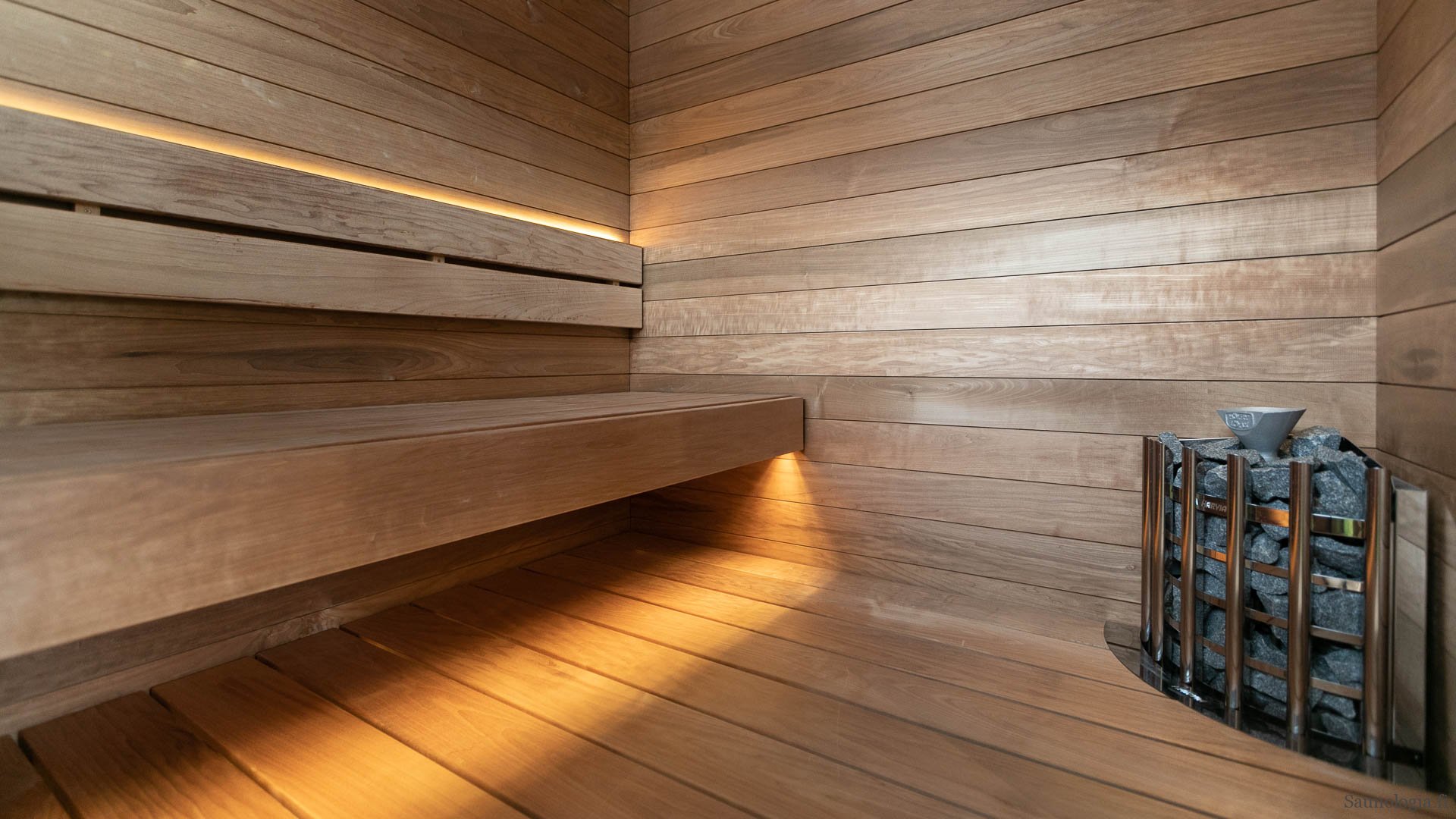
Saunologia kävi tutkailemassa Lohjan Asuntomessujen saunat kylmiltään. Saunatrendeissä ei näy radikaaleja muutoksia ja valitettavasti yksinkertaiset suunnitteluvirheet ovat yleisiä. Mitä vuoden…

Rantasauna on verrattain tuore kotimainen keksintö, jota edelsi uimahuone. Mutta miten uimahuoneesta tuli rantasauna? Koska saunan historiasta ei voi varmuudella…
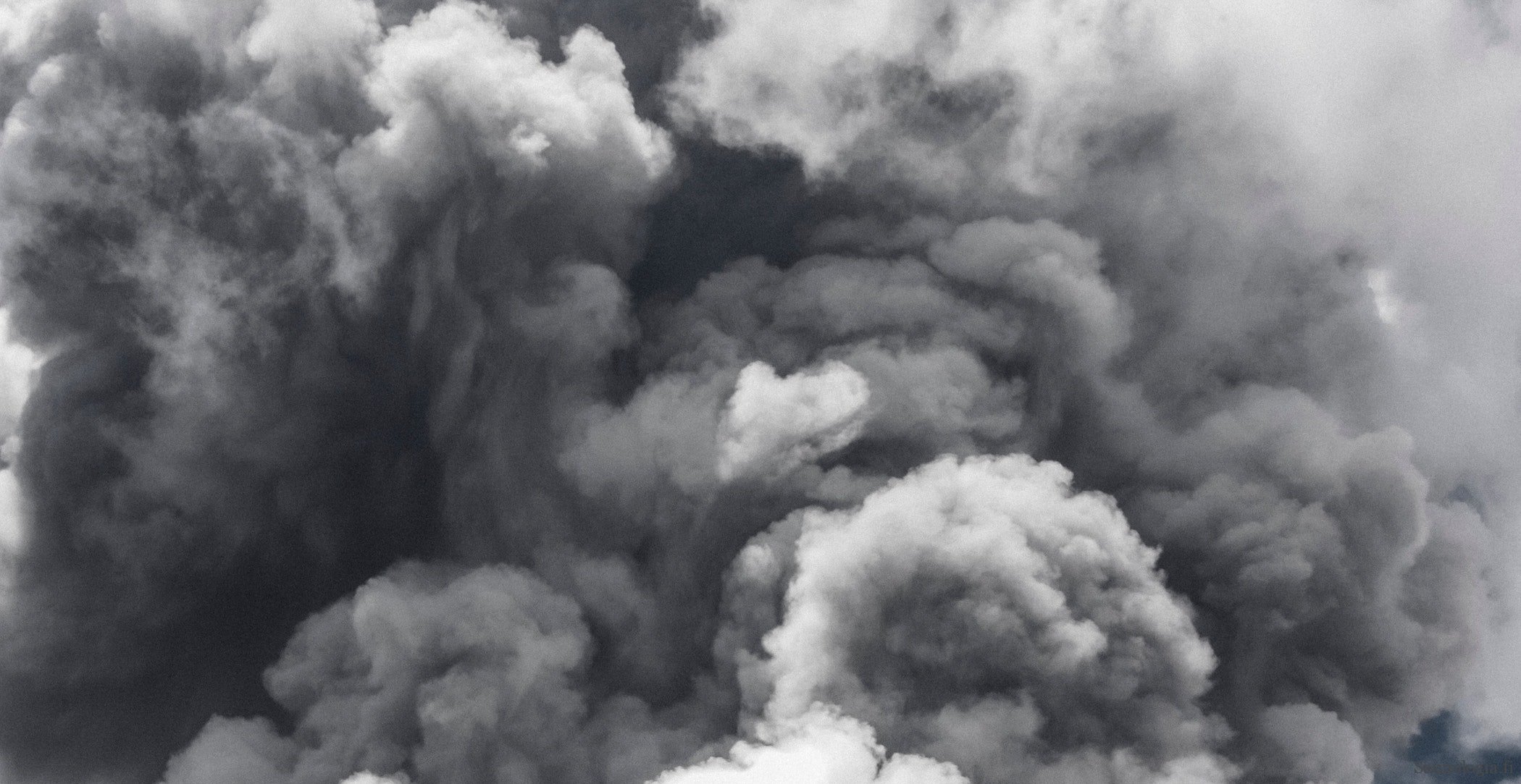
Uutinen: pienhiukkaspäästöt suodattuvat tehokkaasti, hiukkasia myös sisäilmassa Saunologian vuoden 2021 päästöpäivitys siteeraa Jarkko Tissarin tutkimusryhmän viimeisimpiä havaintoja puukiukaiden hiukkaspäästöistä. Tutkimuksessa…
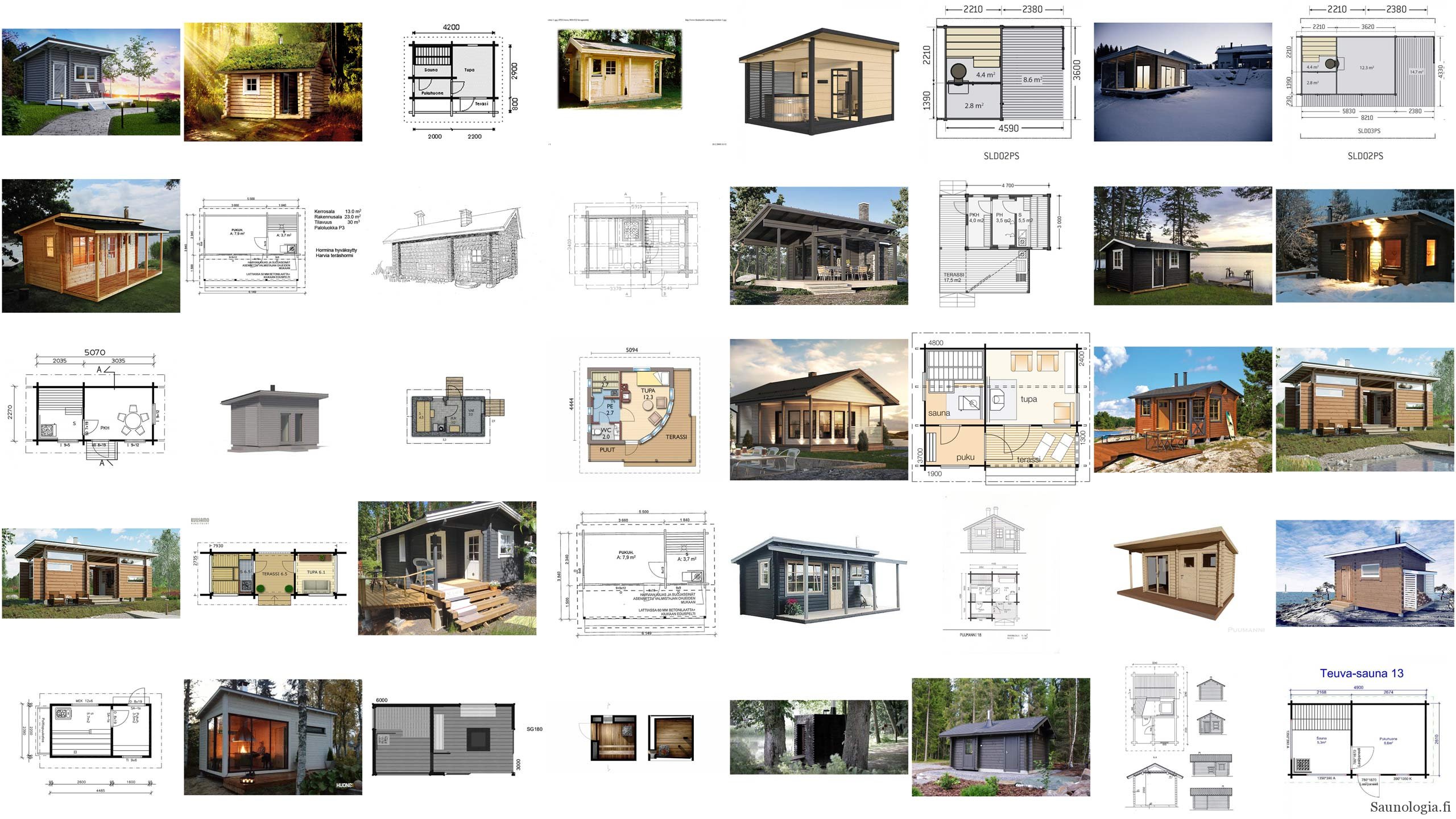
Tältä sivulta löydät listauksen kotimaisista kiinteitä pihasaunoja, saunamökkejä ja muita saunarakennuksia valmistavista yrityksistä. Artikkelissa mukana kymmeniä esimerkkimalleja julkisivukuvineen, pohjapiirroksineen ja…
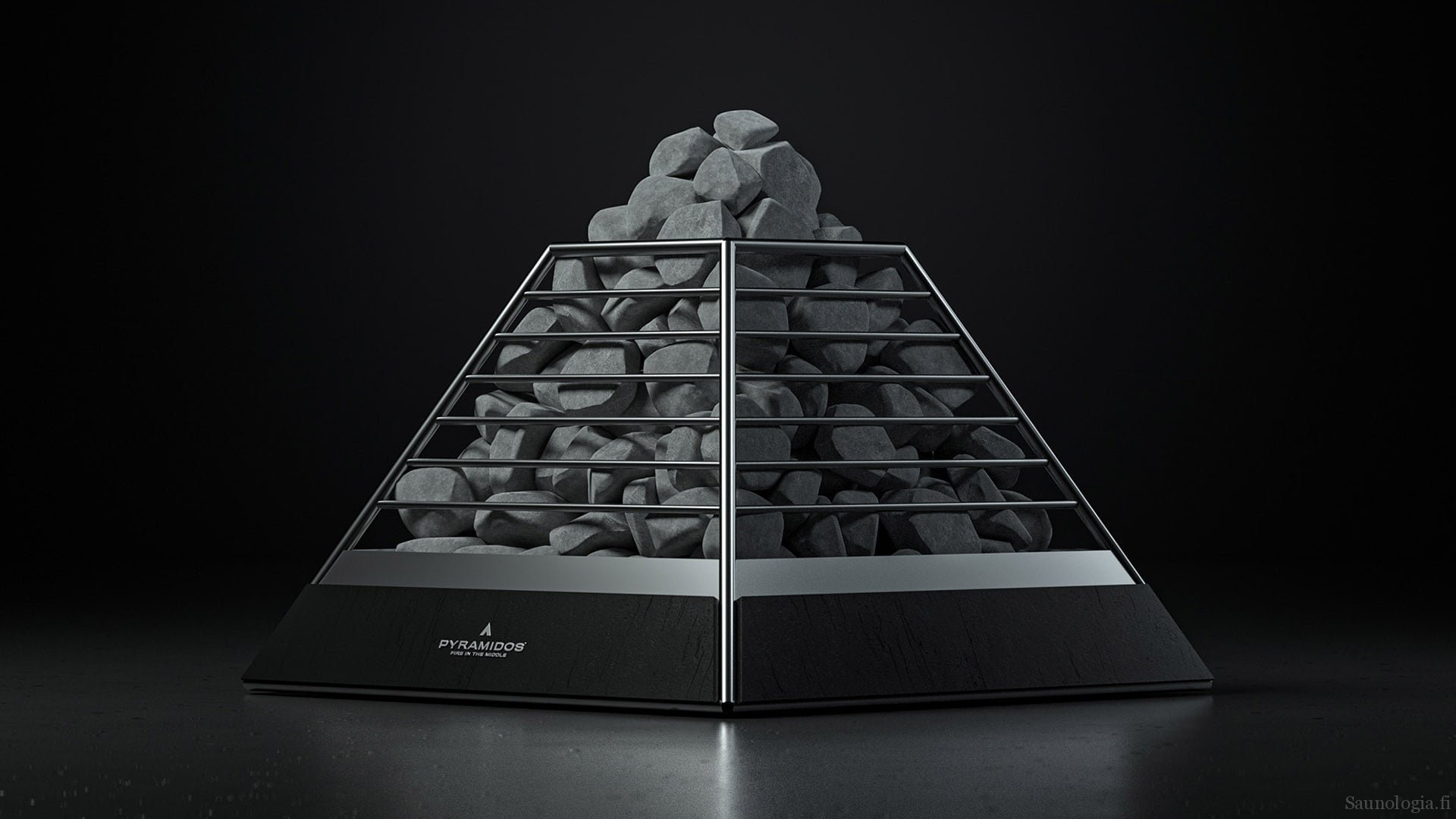
Pyramidos on uusi suomalainen kiuasmerkki. Sen valikoimaan on suunniteltu kaksi Egyptin historiasta inspiroitunutta sähkökiuaskonseptia etäohjauksineen. Pyramidos haastaa hauskasti kiukaiden klassisen…

Tiedote julkaistu 27.4.2021 Saunan suunnittelun salaisuudet kansainvälisen yleisön saataville! Uusi englanninkielinen tietokirja paikkaa pulaa autenttisesta saunan suunnittelun perusteoksesta. Secrets of…

The Secrets of Finnish Sauna Design Are Out! Since 2024: a Japanese edition (フィンランドサウナ設計の教科書) is also available on Amazon stores…

Sähkökiukaan voi käynnistää kännykästä, mutta miten helppoa ja turvallista etäkäyttö on? Saunologia selvitti neljän markkinoilla olevan ratkaisun ominaisuuksia. Testissä havaittiin,…

Heikki Lyytinen ja kadonneen väitöskirjan metsästys. Pääsiäisen kunniaksi Saunologiassa kirjoittaa arvostettu saunavieras, viime vuonna upean saunatietokirjan julkaissut Heikki K. Lyytinen….
Ostoskori on tyhjä.